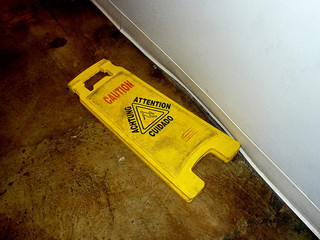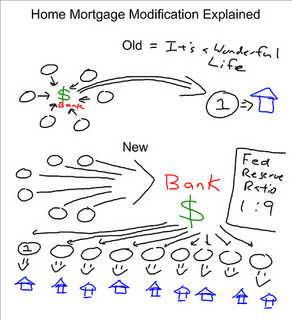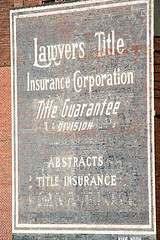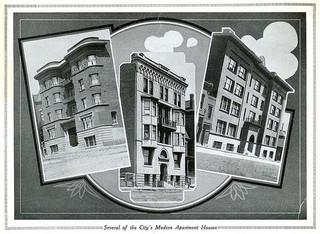California construction and contractor law is pretty clear – you have to have a contractor’s license to get paid. If you don’t have a license and the owner does not pay, the courts will not help. The intent of the Contractor’s State License Law is to prohibit unlicensed contractors from being paid, thus discouraging those who have failed to comply with the law from providing unlicensed services for pay, protecting the public from incompetence and dishonesty. In the case of an entity, such as a corporation, it is the entity itself which is licensed. In a recent decision in San Francisco, the court went out of its way rescued one contractor that couldn’t decide if it was a limited partnership or a general partnership. Obviously this contractor had not consulted an experienced Sacramento and Bay Area business attorney.
 In Montgomery Sansome LP v Rezai, the building owner Rezai hired “Montgomery Sansome Ltd. Lp.” (That’s what the contract said.) After doing some work on their apartment building, Rezai fired the contractor. The contractor, calling itself “Montgomery Sansome Lp” (no “Ltd”) sued for $203,000. The owner said they were neither a party to the contract, nor a licensed contractor. Here is the crazy history of this contractor, in chronological order:
In Montgomery Sansome LP v Rezai, the building owner Rezai hired “Montgomery Sansome Ltd. Lp.” (That’s what the contract said.) After doing some work on their apartment building, Rezai fired the contractor. The contractor, calling itself “Montgomery Sansome Lp” (no “Ltd”) sued for $203,000. The owner said they were neither a party to the contract, nor a licensed contractor. Here is the crazy history of this contractor, in chronological order:
1. Montgomery Sansome LP filed a certificate of limited partnership.




 In
In  In
In The trial court ruled on summary judgment for the defendant jewelry store, finding that the plaintiff had established that the store owner had actual or constructive notice of a dangerous condition. The court of appeals disagreed. It noted that this was not a ordinary slip and fall- the answer turns on whether the dangerous condition was created by the negligence of an employee of the store. Such cases are governed by the doctrine of respondeat superior- the employer answers for the actions of employees, and is presumed to have notice of what the employees know. Here, the evidence shows that a reasonable inference can be drawn that the condition was created by employees of the defendant, and that the defendant is then held to know what the employee knows about the dangerous condition. If the employee was acting within the scope of their employment (doing their job) the owner cannot claim that he had no notice of the dangerous condition.
The trial court ruled on summary judgment for the defendant jewelry store, finding that the plaintiff had established that the store owner had actual or constructive notice of a dangerous condition. The court of appeals disagreed. It noted that this was not a ordinary slip and fall- the answer turns on whether the dangerous condition was created by the negligence of an employee of the store. Such cases are governed by the doctrine of respondeat superior- the employer answers for the actions of employees, and is presumed to have notice of what the employees know. Here, the evidence shows that a reasonable inference can be drawn that the condition was created by employees of the defendant, and that the defendant is then held to know what the employee knows about the dangerous condition. If the employee was acting within the scope of their employment (doing their job) the owner cannot claim that he had no notice of the dangerous condition.  It is a general rule in California law that a lawsuit to set aside a trustee’s sale for irregularities in sale notice or procedure should be accompanied by
It is a general rule in California law that a lawsuit to set aside a trustee’s sale for irregularities in sale notice or procedure should be accompanied by  In
In  In
In  Anyone can establish their legal or equitable right, title, estate, lien, or interest in property or cloud upon title against adverse parties. (
Anyone can establish their legal or equitable right, title, estate, lien, or interest in property or cloud upon title against adverse parties. ( In
In  The change makes sense in light of the historic purpose of Civil Procedure
The change makes sense in light of the historic purpose of Civil Procedure